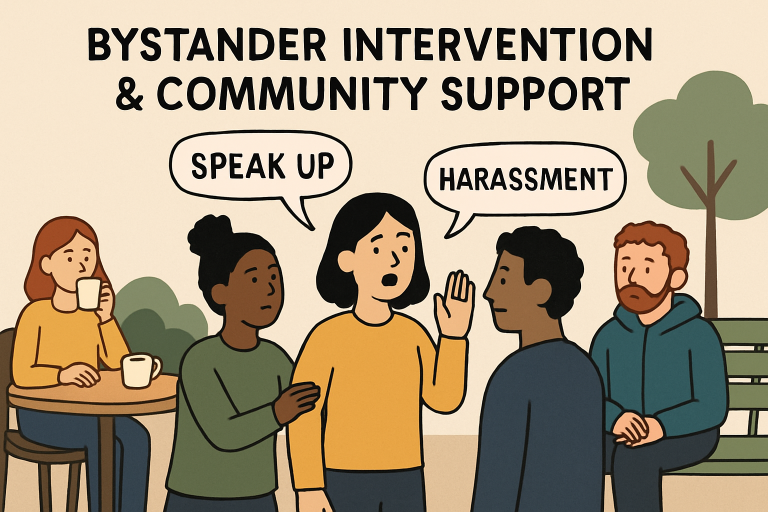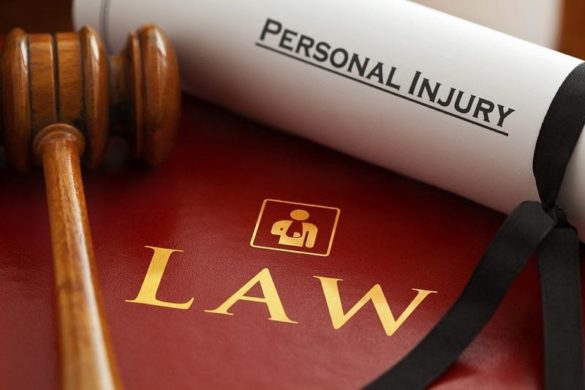What Counts as Sexual Harassment?
Sexual harassment extends well beyond office doors. It happens anywhere: on public transit, in gyms, coffee shops, malls, or even online communities. Generally, it is defined as unwelcome sexual advances, requests for sexual favors, or behavior—verbal, physical, or digital—rooted in a person’s sex or gender that creates an intimidating, hostile, or offensive environment. Recognizing what constitutes harassment is the first step toward asserting your rights.
It’s important to understand that the law protects individuals far beyond the boundaries of employment. Through comprehensive sexual harassment laws like California’s FEHA and the Unruh Civil Rights Act, and federal civil rights statutes, there are clear legal grounds to address harassment in virtually any public or business establishment. This extends to experiences at hotels, restaurants, stores, and more—ensuring victims are not left without recourse if the misconduct arises outside a traditional workplace.
Legal Protections Beyond the Workplace
Across the United States, these protections are found in statutes that champion equality and safety regardless of gender or sex. For example, the federal Civil Rights Act prohibits harassment based on sex in a range of settings, and states like California have extended these protections through additional laws to ensure safety and dignity in “all business establishments.” This expanded coverage means that if you experience harassment in a taxi, health club, or theater, the law is on your side.
How Societal Shifts Are Changing the Conversation
In recent years, movements like #MeToo have brought the issue of sexual harassment to the forefront, encouraging more people to speak up and exposing patterns of inappropriate conduct in every walk of life. These societal shifts have spurred conversations at dinner tables, within legislative chambers, and on social media, ultimately helping shape policy and cultural expectations. Such advocacy leads to stronger, more enforceable protections and helps create a culture where survivors feel safe sharing their stories.
Filing a Complaint: Steps for Victims
If you are targeted by sexual harassment outside of work, taking immediate steps can help protect your rights and strengthen your case. Document everything: Write down details about the incident, preserve messages or evidence, and, if possible, identify witnesses. Seeking guidance from local support agencies or advocacy groups can clarify next steps. Many law enforcement agencies and nonprofits have trained professionals prepared to offer assistance and help you navigate the sometimes-complex process of reporting harassment.

What Remedies Might Be Available?
Remedies for sexual harassment aren’t restricted to financial damages. Courts or regulatory agencies may issue orders to keep offenders away from victims, dictate changes to offending institutions’ practices, or provide victims with counseling services and support groups. For those whose safety is especially compromised, relocation assistance might be available. The overall goal of these remedies is to address the wrongdoing and restore dignity and security to the victim’s everyday life.
The Role of Education and Policies
Proactive education is key in preventing sexual harassment before it starts. Many businesses, schools, and community organizations run regular workshops that clarify acceptable behavior, outline reporting channels, and explain the consequences of violations. Studies have consistently shown widespread, well-designed anti-harassment training reduces incidents and creates a supportive, respectful culture. Having strong policies and clear reporting pathways ensures that when people need help, it’s easy to access.
How Bystanders and Allies Can Help
Bystanders have the power to disrupt and prevent harassment. Speaking up against inappropriate behavior, supporting victims in the moment, or helping report incidents (when welcomed by the affected party) shifts some responsibility from the victim to the community. Allies can amplify the message by sharing resources, debunking myths about harassment, and advocating for policy improvements. Their support is frequently instrumental in empowering survivors to seek justice.
Looking Ahead: Trends and Ongoing Challenges
Laws and policies evolve, reflecting social understanding and harassment realities. Court decisions and reforms show a commitment to justice, but challenges remain for marginalized groups facing barriers to reporting and help. Advocacy, education, and access are vital to ensure everyone has resources and protection wherever harassment occurs.









